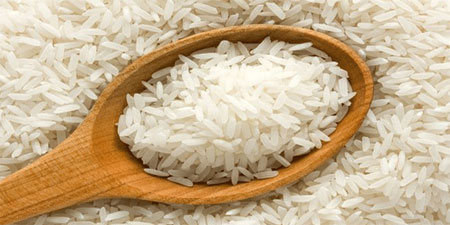MSSRF identifies rice that can help fight deficiencies
Posted on: 06/Sep/2016 10:36:57 AM

The M.S. Swaminathan Research Foundation, or MSSRF, had a breakthrough in identifying nine nutritional landraces in rice that was from the tribal districts of Kerala and Odisha. However, bringing them into cultivable varieties has been time consuming.
Experts in the field say that the minerals such as zinc and iron in these rice varieties is almost three times as much as regular rice. This makes it easier to tack deficiencies. Speaking about this, a senior official from MSSRF said, Identifying the landraces and screening for the maximum iron and zinc content took three Rabi seasons to eliminate variability in soil types. Incorporating these traits into high yielding varieties would take much longer. Consumption of such rice can tackle iron deficiency and the resultant condition of anemia which is so high in India. This has other ramifications, especially with regard to the health status of women during pregnancy, at child birth and the health of their children. Since rice is a staple crop, consuming rice with naturally nutritious properties can help address malnutrition. The quest for nutritional rice is a step forward, as a nutritious rice variety could help address anemia.







